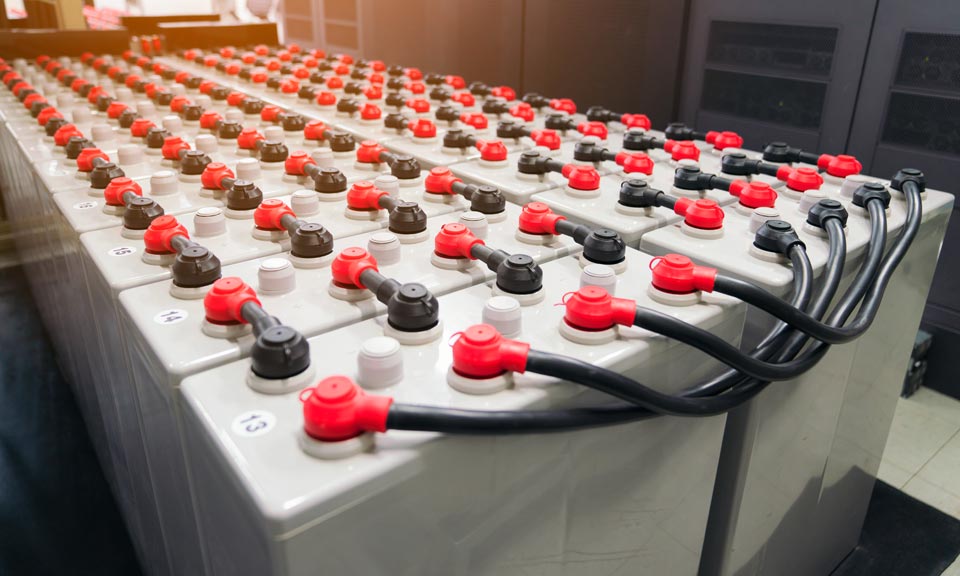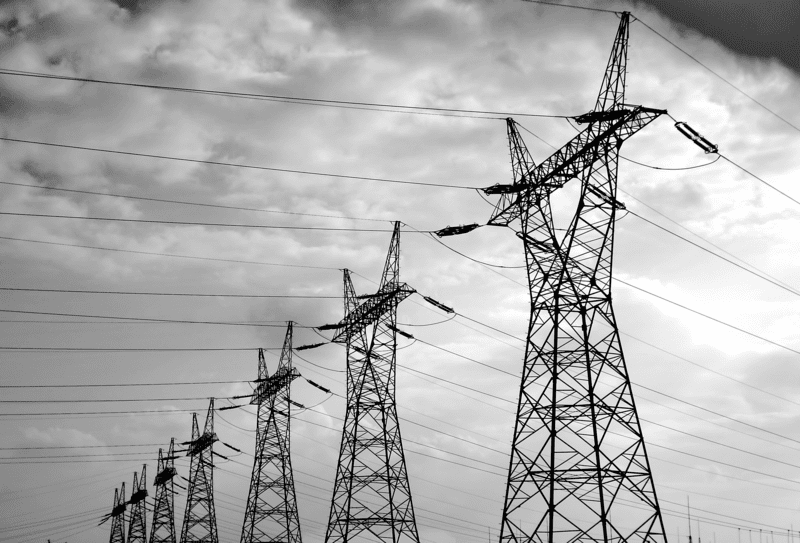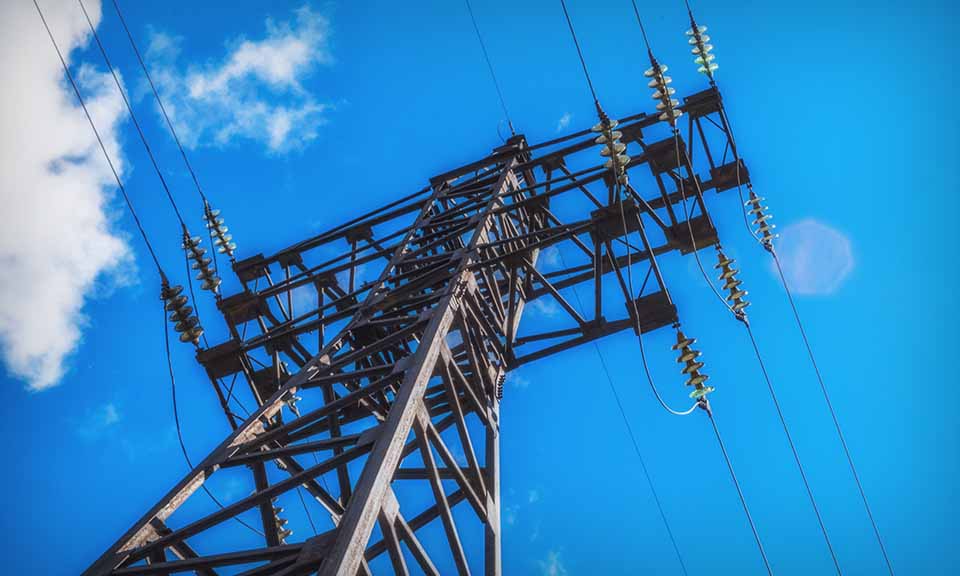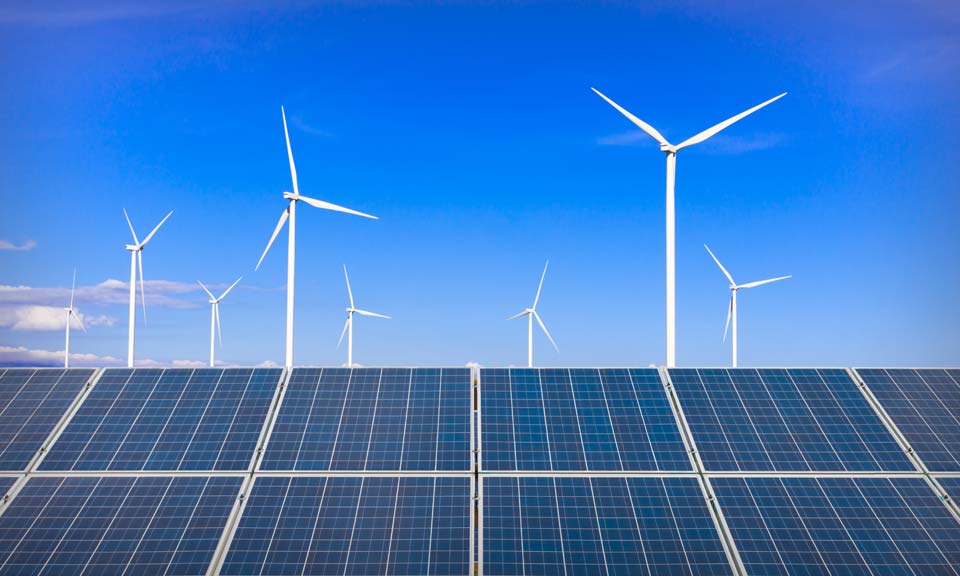Opportunity for battery storage 'as big as it has ever been' in Europe

Battery storage players in Europe are experiencing both the best of times and the worst of times.
The ongoing volatility in the European power market makes the case for grid-scale batteries like never before, but persistent supply constraints and the sky-high cost of key materials — including lithium — continue to paint a challenging picture for project development.
Batteries have become "incredibly profitable" in the volatile power price environment, according to Sam Wilkinson, director of clean technology and renewables at S&P Global Commodity Insights.
In particular, operators involved in wholesale arbitrage, charging up when prices are low and dispatching when prices are high, have likely enjoyed a bumper year as market prices soared to record highs.
These catalysts for batteries look set to continue thanks to long-term policy signals such as the European Union's REPowerEU strategy, which plans to end Russian gas imports and accelerate the bloc's energy transition.
The strategy sets higher capacity ambitions for wind and solar projects of 510 GW and 600 GW, respectively.
"The levels of renewables they're talking about requires an amount of storage way beyond what we've currently got," Wilkinson said in an interview.
Commodity Insights' latest forecast for 2030 energy storage installations in Europe, encompassing both EU nations and non-EU members, stands at 44.6 GW, nearly double its previous estimate of 23.7 GW that it made in February.
While this cannot be directly attributed to REPowerEU, it is still the largest single forecast increase the group has ever made.
"Really we see exponential growth over the next 10 to 15 years in energy storage," said Peter Kavanagh, CEO of UK-based Harmony Energy Ltd, which brought online Europe's largest battery storage project in November – the 98 MW/196 MWh Pillswood project near Hull, Yorkshire.
"The more onshore wind, offshore wind and solar you have on the system, the more intermittency," Kavanagh said in an interview, adding that batteries are needed to "really make the network efficient."
Yet while the battery storage opportunity in Europe might be greater than ever, there has arguably also never been a more challenging environment for developers.
Heightened need for lithium-ion batteries by electric vehicle manufacturers is causing supply shortages in the storage market, which compared with EVs accounts for only a fraction of the overall demand for batteries.
The project pipelines of the 10 largest energy storage providers equate in total to about 10% of automaker Volkswagen AG's battery procurement plans in the next three years, according to Wilkinson.
"Their purchasing power is almost zero in comparison with the automotive companies," Wilkinson said. "It makes it very difficult for them to procure batteries."
These supply constraints, combined with the rising cost of raw materials such as lithium, are putting huge pressure on the price of batteries.
Platts assessed the price of lithium carbonate (CIF North Asia) at $75,000/mt Dec. 30, up 122% year on year, S&P Global data showed.
"The big challenge is . . . the car industry doesn't really care too much about being exposed to lithium prices," Wilkinson said. Consumers buy cars at a given point in time, whereas energy storage projects have longer development time frames, which mean dramatic changes in cost can be a "huge problem" in raising financing.
Commodity Insights' latest forecast puts the UK as Europe's largest market for grid-scale energy storage by 2030, with 12.5 GW of capacity, followed by Germany with 8.1 GW and Spain with 5.1 GW. The group's February outlook for the UK was 6.5 GW.
Part of the UK's leadership on battery storage is down to it being an early mover. In 2016, National Grid PLC provided four-year, enhanced frequency response contracts to eight projects totaling 201 MW — more than double what was installed in the whole of Europe at that point.
"The market's evolved quite a lot since then," Kavanagh said. In particular, the narrative that batteries need long-term contracted revenues has almost entirely disappeared. Harmony Energy's battery portfolio provides eight different services to the system, from arbitrage to frequency response and ancillary services.
More fundamentally, operators also see an opportunity for batteries to complement the UK's push for offshore wind, which is targeted to grow to 50 GW by 2030.
Batteries are "like an insurance policy or a shock absorber," according to James Basden, founder director of developer Zenobe Energy Ltd.
When there's a sudden surge of offshore wind, instead of grid companies having to pay to curtail wind farms, excess electricity is stored by batteries then discharged when demand picks up.
"That has a big benefit in terms of savings to the consumer," Basden said in an interview.
Zenobe recently began the construction of three batteries in Scotland, totaling 1 GW/2 GWh, which the company said will lower consumer bills by more than £1 billion over 15 years by reducing the curtailment of wind farms.
Meanwhile proponents say batteries should also come into their own on cold days when the wind does not blow and could get compensated handsomely.
On Dec. 12, as temperatures in the UK plummeted, two coal-fired power plants nearly returned to operation while a gas plant briefly earned a record GBP6,000/MWh in the balancing mechanism, the market used by National Grid Electricity System Operator Ltd. to balance supply and demand in Britain.
"It really is a super challenging time for [battery storage]," Wilkinson said, "but the overall opportunity is as big as it has ever been."

News
A total solar eclipse will cross North America on April 8, resulting in heavily reduced solar power plant output. It will differ from an annular eclipse in that the sun will be entirely blocked by the moon, rather than partially blocked with a visible halo of sunlight. Power markets in Texas and the Mid-Atlantic region are expected to see the biggest impact in solar-powered generation. Related feature: US solar eclipse expected to significantly reduce solar power output in several markets (subscriber content) Click here for the full-size infographic

News
For access to all regions of the US Power Tracker series, subscribe to Platts Connect . (Latest update April 2, 2024) California power prices reached a 15-year low in March as mild weather and lower demand pulled down prices, while Pacific Northwest’s below-normal snowpack is expected to lead to continued weak hydro conditions even as forward trend lowers. Strong mid-day solar output drove California’s gas generation down to minimum levels and congestion of outbound flows from Southern California led to curtailments, Morris Greenberg, senior manager with the low-carbon electricity team at S&P Global Commodity Insights, said. Full feature: US POWER TRACKER: West prices plunge on strong renewables, weak demand (subscriber content) Click here for the full-size infographic
News
Japan's largest power producer tests ammonia as new fuel Energy transition highlights: Our editors and analysts bring together everything you need to know about the industry this week, from renewables to storage to carbon prices. JERA -- Japan's largest power generation company and one of the world’s largest power utilities --started testing ammonia cofiring at one of its largest thermal power plants this week. The project paves the way for the use of ammonia in the power sector on a commercial scale that has never been done before. Currently, ammonia is a largely a feedstock for fertilizer production with some of it going into chemicals. However, ammonia can be combusted with zero carbon emissions and it is one of the pathways being explored for the transportation of hydrogen as it has existing trade flows that can be expanded. These factors allow ammonia to become as an energy transition fuel. JERA started testing ammonia cofiring at its 1 GW No. 4 coal-fired unit at Hekinan thermal power plant in central Japan from April 1, to be carried out through June using about 40,000 mt of ammonia. The 20% cofiring of ammonia is expected to be the world's first at a large commercial coal-fired power plant and is part of a four-year long pilot project. JERA has pledged to commercialize its ammonia cofiring power generation by 2030 and use 100% ammonia as fuel in the 2040s for its 2050 carbon neutrality target. Japan sees great potential in ammonia as a CO2 zero-emission fuel as the country targets to cut its greenhouse gas emissions by 46% by FY 2030-31 from FY 2013-14 levels and achieve carbon neutrality by 2050 . Price of the week: Meanwhile, the price of emission allowances in China’s national compliance carbon market hit a new record on March 29 of Yuan 90.66/mtCO2e ($12.78/mtCO2e), increasing 8.1% week on week, according to Shanghai Environment and Energy Exchange. The steady increase in Chinese carbon prices has been attributed to bullish sentiment and looming deadlines for meeting emissions obligations. Editor’s pick: Premium and free content SPGlobal.com Germany’s SHS launches green hydrogen tender for Saarland steel plants German steel producer Stahl-Holding-Saar has launched a tender to buy up to 50,000 mt of locally produced renewable hydrogen for its Dillinger and Saarstahl plants in Saarland, the company said March 26. SHS and its subsidiaries are due to produce up to 3.5 million mt/year of green steel from 2027/28. The move follows a tender from Thyssenkrupp for large volumes of clean hydrogen for its Duisburg plant in Germany from 2028. Platts Connect New open-source tool aims to inform on environmental impact of hydrogen The Open Hydrogen Initiative released March 25 an open-source tool for determining the carbon intensity of hydrogen as some industry members work to harmonize measurement methodologies. This new tool allows for the calculation of the carbon intensity of hydrogen production at the facility level based on the operational parameters of the facility and its supply chains, “capturing the nuances” of a project’s emissions, OHI Executive Director Zane McDonald Manchin, oil and gas groups urge flexibility, better coordination on methane fee Delays in implementing a fee on oil and gas system methane emissions and new greenhouse gas reporting rules are unfair to regulated companies and run counter to congressional intent, Senate Energy and Natural Resources Chairman Joe Manchin, Democrat-West Virginia, told the Environmental Protection Agency March 26. TES gets tariff, third-party exemption for German LNG, e-natural gas terminal Tree Energy Solutions has secured an exemption from tariff and third-party access regulation for its planned “e-LNG” import terminal at the Green Energy Hub in Wilhelmshaven from the German network regulator BNetzA. BNetzA has exempted the 15-Bcm/year terminal, which will import LNG before switching to green hydrogen-based “electric natural gas” (e-NG), for 20 years from the start of the operations.

News
Industry must be open to new technologies Wind, solar attack natural gas’ market share The energy industry has trapped itself with binary dialogue about being for one type of technology or another, when all resources need to work together to achieve energy transition goals, Tinker Energy Associates CEO Scott Tinker said March 22. The energy transition is not just about one technology, but rather a suite of technologies, panelists said at the CERAWeek by S&P Global energy conference in Houston. “What is nice about renewables and new technology is they're much more democratically distributed around the world,” said Andres Gluski, AES Corporation president and CEO. “The reality is a little bit more complicated. But I also think it's not rocket science.” However, the industry has to be careful about status quo because things are changing rapidly, Gluski added. “In the power industry, we're seeing once in a 100-year events, like floods and heatwaves, etc., occur every year.,” Gluski said. “The weather has changed. That’s the reality.” Industry leaders need to look at how to deliver the electricity with the lowest carbon and in most sustainable way possible, he added. Renewables versus fossil fuels Solar and wind costs have dropped remarkably over the years, Tinker said. “To make it reliable requires something sitting here waiting to back it up … and that something is expensive,” Tinker said about battery storage. “I think we have to be more open and candid about the actual cost of electricity to be integrated.” The domestic production of wind turbines is strong, with battery storage production to come, while domestic of solar panels will take longer, Gluski said. And while renewables do not generate 24 hours a day, coal is not going to come back regardless of political slogans, he added. “For a lot of these new technologies we need the regulators to be on top of it as a lot more is coming," Gluski said. The energy transition has to happen at a pace that’s politically sustainable, said David Victor, a professor of Innovation and Public Policy with the School of Global Policy and Strategy at University of California, San Diego. “I'm really concerned that we are overweighting the familiar,” Victor said. “We are overinvesting in things we know how to do and probably underinvesting in things that we don't yet know how to do.” Glue that holds it together “We got to figure out the glue that holds all this together,” said Hunter Hunt, chairman and CEO of Hunt Energy. There will be less natural gas needed than the industry thinks, but more than environmentalists think, he added. “Wind and solar are absolutely attacking natural gas’ share and they've decimated coal in the industrialized world,” Hunt said. “If natural gas is going to be a transition fuel, the industry needs to do its part to make sure that we're doing it in the right way. The future of energy can be seen in Texas today, Hunt said about the battery storage growth happening. There such a diversity in approaches with new technology and “we need all of it,” said Evelyn Wang, director of the Advanced Research Projects Agency-Energy with the United States Department of Energy. Houston, we have an opportunity “One of the things that is different today versus this time last year, is just explosion of activity in energy transition-related projects in Houston and Gulf Coast,” said Bobby Tudor, CEO Artemis Energy Partners and chairman of the Houston Energy Transition Initiative. “We have enormous competitive advantages here in this region to be a leader, and it's up to us to intentionally do that. … We intend to continue to exploit that advantage.” Texas has the largest concentration of technical talent in the world related to energy systems, Tudor said, adding the state is well positioned for the task due to its ports and access to wind and solar resources. A lot of the development in Texas has to do with permitting and the ability to get projects permitted and done, Tudor said, adding that process is much more difficult in rest of the country. The catch phrase should be “Houston, we have an opportunity” instead of “Houston, we have a problem,” said Atul Arya, S&P Global Commodity Insights senior vice president and chief energy strategist.